#PLANETS PLANETS SPACE
Text



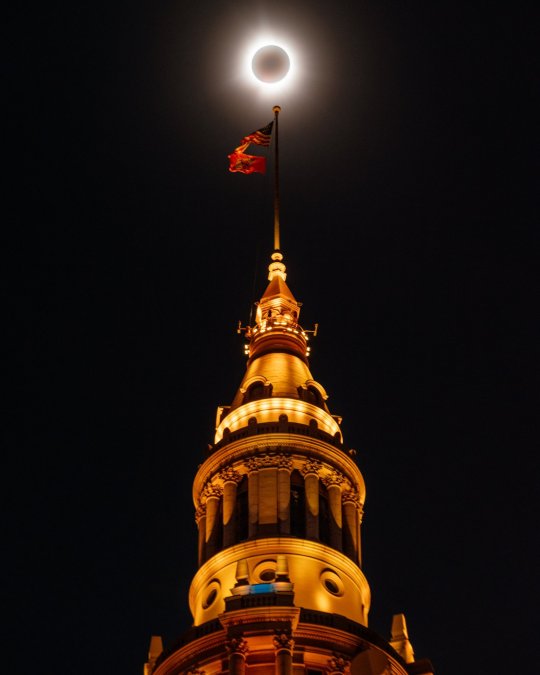


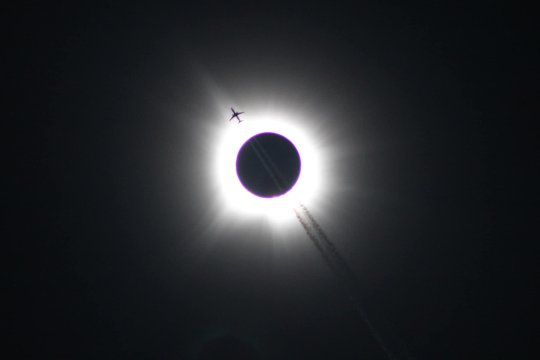
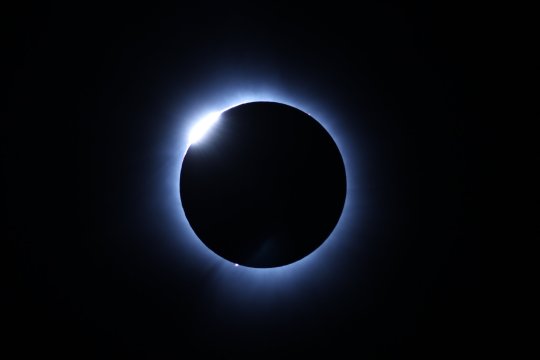


Total Solar Eclipse l April 2024 l U.S. & Canada
Cr. Deran Hall l Rami Ammoun(236) l GabeWasylko l REUTERS l KendallRust l Joshua Intini l Alfredo Juárez l KuzcoKhanda
#total solar eclipse#space#astrophotography#astronomy#solar eclipse#sky#galaxy#planets#universe#solar system#nasa#sun#moon
32K notes
·
View notes
Text
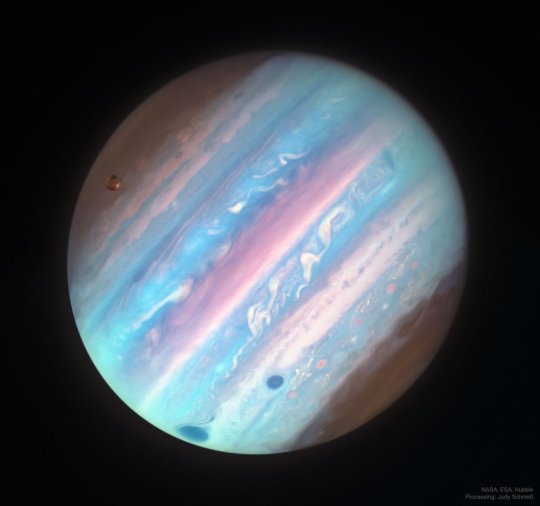
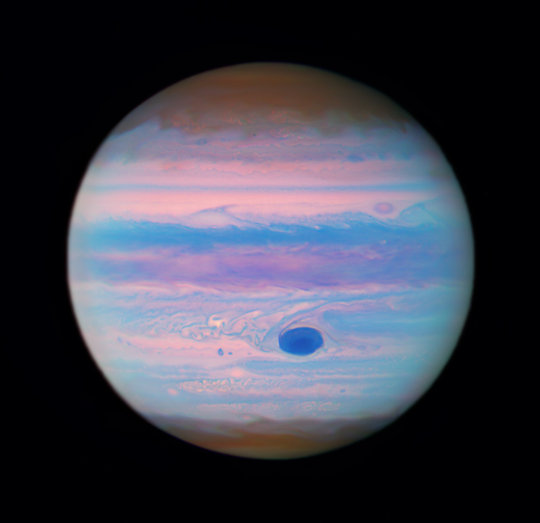
Jupiter in Ultraviolet from ESA/Hubble
#space#jupiter#astrophotography#nasa#hubble space telescope#universe#planet#solar system#galaxy#astronomy#cosmos
12K notes
·
View notes
Photo

Holy shit.
38K notes
·
View notes
Text



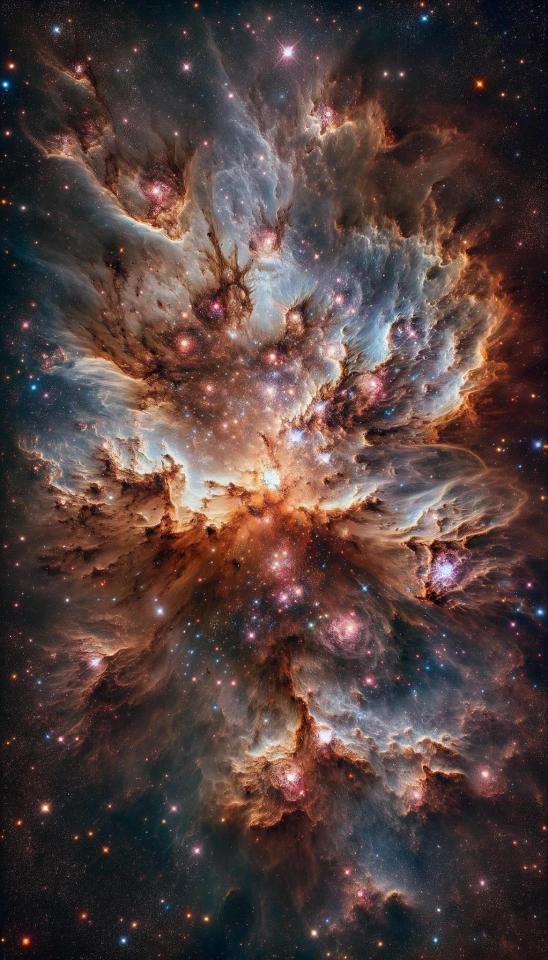
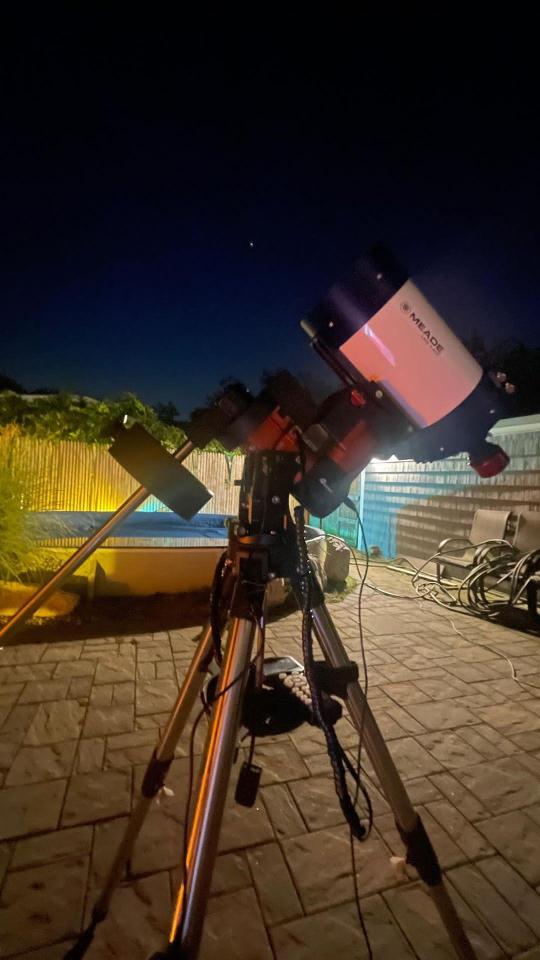
Think we're the only planet with life? 350mp quality. Remember to download to your phone and zoom in. Gets even more beautiful. Yes this is a nebula, yes I know there’s no life in a nebula. Of course these are not real photos. Duh!
#astronomers#astrophysics#astrophotography#astronomy#space station#hubble space telescope#james webb images#james webb#nasawebb#nasa#space photography#universe#astrology#astro observations#astro notes#asterion#telescope#james webb space telescope#mars planet#jupiter planet#saturn planet#planet#planets#space science#space#outer space#james webb space technology#space exploration#jet propulsion#i love astronomy
11K notes
·
View notes
Text
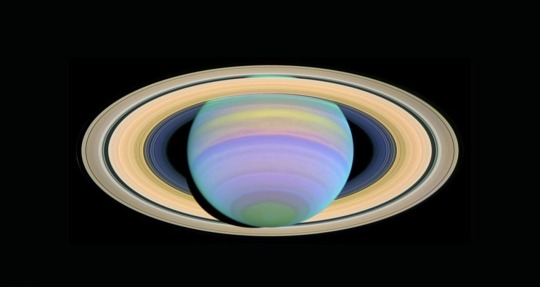
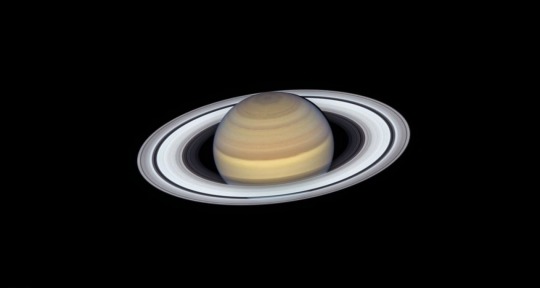

Saturn by NASA (2019
19K notes
·
View notes
Text

#solar eclipse#eclipse#solar system#space#relatable#planets#twitter#meme#memes#tweets#tweet#funny#lol#humor
6K notes
·
View notes
Text
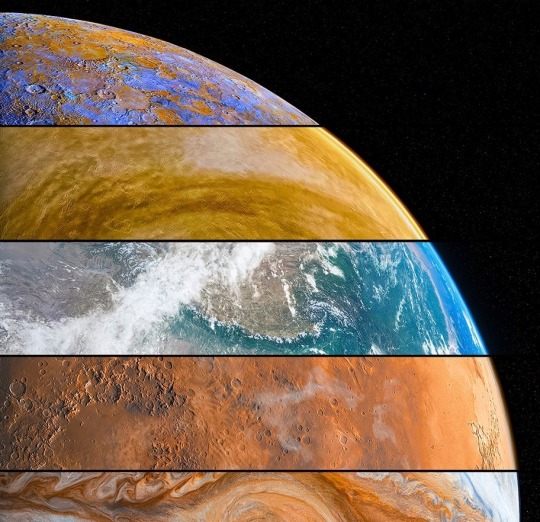

Solar System Planets including Pluto aligned in a planet shape
Credit: Ika Abuladze
#space#astronomy#pluto#jupiter#saturn#saturno#mars#marte#neptune#netuno#uranus#urano#earth#terra#planet#venus#mercury
18K notes
·
View notes
Note
What do you mean by Venus floating cities?
I'm hoping to write a science fiction story about visiting Venus as part of the space race and I would love your input
Alright so the thing with Venus is that we're all very familiar with her horrible hell-death clouds and 900°F surface temperatures. We all understand the surface of Venus is not a fun place for humans to be.
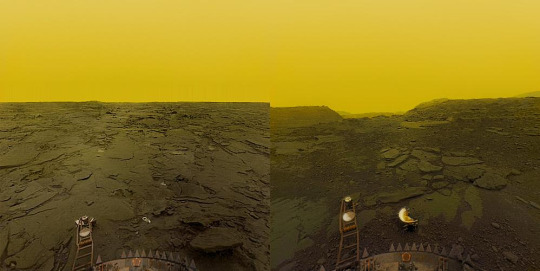
But, nobody ever talks about the fact that ABOVE the hell-death clouds, Venus is a paradise. The most Earth-like environment we know of in the solar system, beyond Earth itself, is actually in the skies of Venus.
About 30 miles above the surface, the pressure is ~1 atmosphere, and the temperature ranges from 30 - 100°F, which is Happy Human™ standard pressure and temperature.
What's more, a breathable mix of oxygen and nitrogen provides over 60% the lifting power on Venus that helium does on Earth. In other words, a balloon full of human-breathable air would float to the habitable range of Venus's atmosphere. We could float a ship with the very air we breathe.
The other great thing about this is that it avoids one of the big problems with Mars colonization. On Mars, any habitat on the surface full of breathable air is vulnerable to leaks and explosive decompression, a la the Martian.

Floating on Venus, a balloon full of breathable air doesn't have a significant pressure difference between the inside and the outside. Which means, any leaks or tears would be very slow and manageable. You could fix that shit with duct tape!
Similarly, because the environment outside the balloon is so Earth-like, humans living there wouldn't need any big fancy pressurized suits for extravehicular work. We'd need air to breathe, maybe some heat protection, and protection against the acid rain. That's it.
Venus also provides the tools to keep us fed! It's atmosphere is made primarily of carbon dioxide, even above the dense horrible clouds. What likes carbon dioxide? Plants from Earth!! Lets grow FOOD on FLOATING PLATFORMS in the SKIES of VENUS.
This whole idea actually came out of a NASA effort exploring potential Venus colonization. The program was called HAVOC - the High Altitude Venus Operational Concept.
It hasn't really gone anywhere, and as far as I know there are no real plans to revisit it. Unfortunately, from a practicality standpoint, Mars is a much more viable target for human colonization. Not only is it better poised for outer solar system exploration, being farther away from the sun, but living on Venus would come with too many complicated contingencies. In the event of a major failure on Venus, you'd need to fly to another base, or fuck off all the way to orbit. I understand why people aren't really in a hurry to live somewhere where landing on the surface means certain death.
But that doesn't mean I won't be forever and always enamored by the skies of Venus. Here's one of the artist concepts to come out of HAVOC.

I want to be there.
#venus#nasa#space#space exploration#HAVOC#blimp#spost#venus my beloved#single most underrated planet#asked and answered
6K notes
·
View notes
Text

What We Learned from Flying a Helicopter on Mars
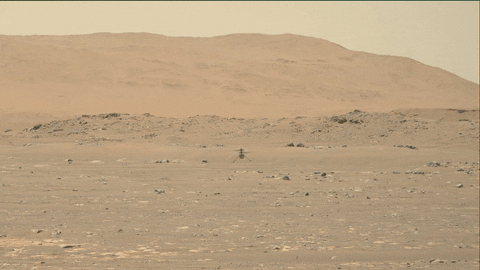
The Ingenuity Mars Helicopter made history – not only as the first aircraft to perform powered, controlled flight on another world – but also for exceeding expectations, pushing the limits, and setting the stage for future NASA aerial exploration of other worlds.
Built as a technology demonstration designed to perform up to five experimental test flights over 30 days, Ingenuity performed flight operations from the Martian surface for almost three years. The helicopter ended its mission on Jan. 25, 2024, after sustaining damage to its rotor blades during its 72nd flight.
So, what did we learn from this small but mighty helicopter?
We can fly rotorcraft in the thin atmosphere of other planets.
Ingenuity proved that powered, controlled flight is possible on other worlds when it took to the Martian skies for the first time on April 19, 2021.
Flying on planets like Mars is no easy feat: The Red Planet has a significantly lower gravity – one-third that of Earth’s – and an extremely thin atmosphere, with only 1% the pressure at the surface compared to our planet. This means there are relatively few air molecules with which Ingenuity’s two 4-foot-wide (1.2-meter-wide) rotor blades can interact to achieve flight.
Ingenuity performed several flights dedicated to understanding key aerodynamic effects and how they interact with the structure and control system of the helicopter, providing us with a treasure-trove of data on how aircraft fly in the Martian atmosphere.
Now, we can use this knowledge to directly improve performance and reduce risk on future planetary aerial vehicles.

Creative solutions and “ingenuity” kept the helicopter flying longer than expected.
Over an extended mission that lasted for almost 1,000 Martian days (more than 33 times longer than originally planned), Ingenuity was upgraded with the ability to autonomously choose landing sites in treacherous terrain, dealt with a dead sensor, dusted itself off after dust storms, operated from 48 different airfields, performed three emergency landings, and survived a frigid Martian winter.
Fun fact: To keep costs low, the helicopter contained many off-the-shelf-commercial parts from the smartphone industry - parts that had never been tested in deep space. Those parts also surpassed expectations, proving durable throughout Ingenuity’s extended mission, and can inform future budget-conscious hardware solutions.

There is value in adding an aerial dimension to interplanetary surface missions.
Ingenuity traveled to Mars on the belly of the Perseverance rover, which served as the communications relay for Ingenuity and, therefore, was its constant companion. The helicopter also proved itself a helpful scout to the rover.
After its initial five flights in 2021, Ingenuity transitioned to an “operations demonstration,” serving as Perseverance’s eyes in the sky as it scouted science targets, potential rover routes, and inaccessible features, while also capturing stereo images for digital elevation maps.
Airborne assets like Ingenuity unlock a new dimension of exploration on Mars that we did not yet have – providing more pixels per meter of resolution for imaging than an orbiter and exploring locations a rover cannot reach.

Tech demos can pay off big time.
Ingenuity was flown as a technology demonstration payload on the Mars 2020 mission, and was a high risk, high reward, low-cost endeavor that paid off big. The data collected by the helicopter will be analyzed for years to come and will benefit future Mars and other planetary missions.
Just as the Sojourner rover led to the MER-class (Spirit and Opportunity) rovers, and the MSL-class (Curiosity and Perseverance) rovers, the team believes Ingenuity’s success will lead to future fleets of aircraft at Mars.
In general, NASA’s Technology Demonstration Missions test and advance new technologies, and then transition those capabilities to NASA missions, industry, and other government agencies. Chosen technologies are thoroughly ground- and flight-tested in relevant operating environments — reducing risks to future flight missions, gaining operational heritage and continuing NASA’s long history as a technological leader.
youtube
You can fall in love with robots on another planet.
Following in the tracks of beloved Martian rovers, the Ingenuity Mars Helicopter built up a worldwide fanbase. The Ingenuity team and public awaited every single flight with anticipation, awe, humor, and hope.
Check out #ThanksIngenuity on social media to see what’s been said about the helicopter’s accomplishments.
youtube
Learn more about Ingenuity’s accomplishments here. And make sure to follow us on Tumblr for your regular dose of space!
4K notes
·
View notes
Text
#yes i know imma start a war on this#and there are more specific terms#but I'm bringing it down to the bare yes or no state#justice for pluto imo#but I'm curious to see what tumblr thinks#pluto#space#planets#solar system#milky way#astronomy#polls#nasa#science
34K notes
·
View notes
Text

NGC 4038 and NGC 4039
11K notes
·
View notes
Text
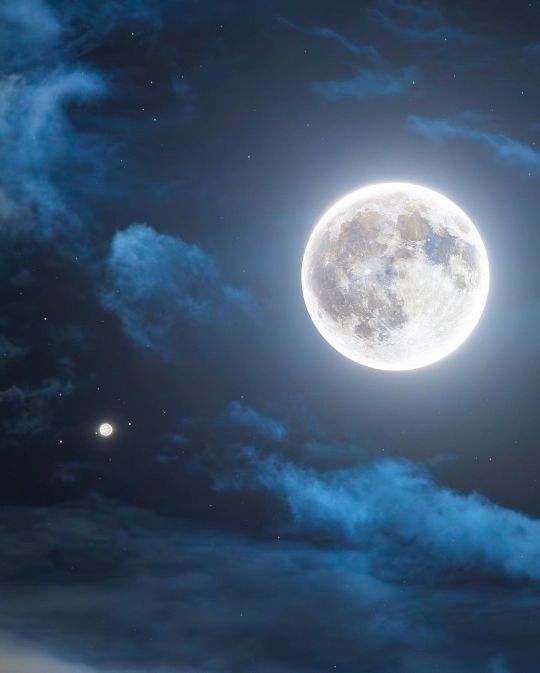




Full Hunter's Moon 2023 l Rami Ammoun
#moon#full moon#jupiter#planets#solar system#hunter's moon#october#astrophotography#astronomy#stars#night#space#galaxy#universe#sky
16K notes
·
View notes
Text



Ring of Fire in Cloudy Skies © Bryan Minear
#solar eclipse#nasa#astrophotography#space#universe#annular solar eclipse#planet#earth#sky#cosmos#astronomy#clouds#ring of fire
15K notes
·
View notes
Text

Is it me or does Jupiter in this also look like calcifer from howls moving castle
114K notes
·
View notes
Text
NASA releases the clearest images of Neptune’s rings in over 30 years


#Neptune#him!!!#(usually I say pretty things are girls but Neptune in Roman mythology is a boy so-)#nasa#planets#planet#galaxy#solar system#stars#space#astronomy#astrology#hubble telescope#tags#popular#trending#tumblr#universe#moon#Hubble#telescope#aesthetic#space aesthetic#cosmos#galaxies#comet#asteroid#constellation#sky#james webb space telescope
56K notes
·
View notes
Text
the new composite james webb image is so beautiful ive been staring at it for 10 minutes straight
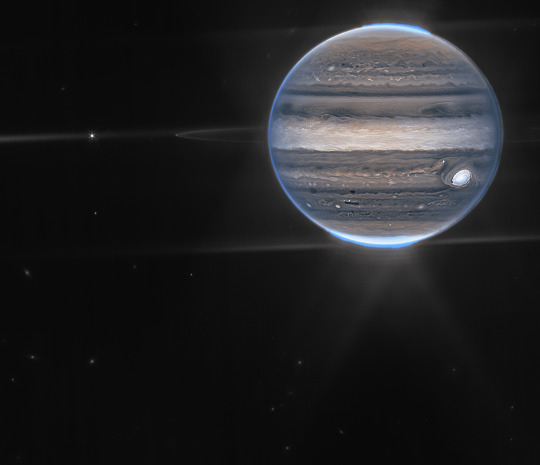
featuring jupiters rings, amalthea (along with a bunch of other moons), the northern and southern auroras, and the great red spot
EDIT: FAQs answered here
#jupiter#space#astronomy#outer space#jwst#james webb space telescope#planets#james webb#aspaceinthecosmos
78K notes
·
View notes